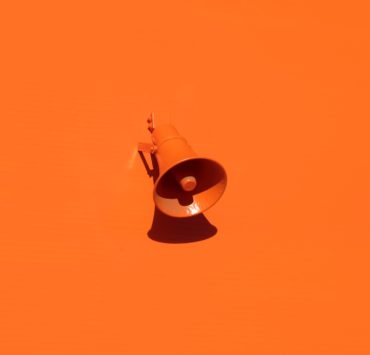Inflation is all the rage lately. Here in Australia, iceberg lettuce is the de facto proxy for this phenomenon, having gone from $2.80 to about $12.00 in a few short months. Yes, the prices of some grocery items have risen sharply. And not merely by a fraction, but by multiples. Let’s not get started on fuel prices. Although we’re a long way from being in a state of panic, things feel different. The pinch is real, and there’s a sense of concern around an uncertain future as the reserve bank scrambles to arrest the situation.
But what on earth is inflation anyway?
The textbook definition of the word is a general increase in the prices of goods and services. This doesn’t tell anyone why prices would increase. After all, the prices are set by individuals. They don’t go up without someone taking the initiative to increase them. So the real question is, why would businesses inflate their prices in this way?
Two main theories avail.
Excess Money
Too much money can cause inflation. Here’s how.
The first thing to understand is that the economy is constantly expanding. Businesses are at the centre of this expansion. They’re continually finding ways to produce more value in the form of products and services. They achieve this by innovating and investing. But all this new value has to be paid for somehow. Thankfully, the economy has an innovative way of increasing how much money is available to pay for stuff.
The money supply to the economy is also constantly expanding with it. This mainly happens through the banking system. In simple terms, banks create money by lending it out to individuals and businesses. To put it differently, when you finance a car purchase with a vehicle loan, the bank is not giving you money it has laying around. It’s giving you money it just created for you to buy that car. That’s new money in the economy, and the banks are constantly handing it out to individuals and businesses through loans.
In a perfect world, the banking system will create a bit more money than necessary. This is a good thing. It means the money supply to the economy is growing slightly faster than the economy itself, hence there’s always enough money to pay for everything on offer. But it also means that there’s more money than there is stuff to buy with it. Consequently, people are willing to pay more for stuff because they have the money for it. It feels simplistic, but by bidding up the price of existing goods and services, consumers create pricing pressures that eventually cause inflation.
This phenomenon is called demand-pull inflation, and it’s most often attributed to an excess money supply. It happens whenever people want more than businesses can offer. Businesses can’t just ramp up production to meet demand when they’re operating at capacity, so they inflate prices instead.
It should be noted that demand-pull inflation generally happens in good times when the economy is booming and people have a lot of disposable income.
That’s all good and fine. But I imagine you’re clearly experiencing inflation and you haven’t been in a bidding contest lately. Demand-pull inflation is only half the story.
Rising Costs
Quite often, businesses inflate their prices to stay profitable amidst rising costs.
The graph below shows how crude oil – the main input for producing various types of fuel – has fared in price this year. There’s a clear upward trajectory.
source tradingeconomics.com
Naturally, businesses will pass these costs unto the final consumers. Hence we see increases in vehicle fuel prices.
Since fuel is a significant input for the transport sector, we can reasonably expect all the other industries that rely on transportation to experience rising costs. They will also pass on these increased costs to the final consumer. Say hello to $12 iceberg lettuce.
Cost-push inflation is caused by shocks to the supply chain that make input resources like labour and materials harder to source than usual. In the case of fuel, the war in Ukraine has caused major disruptions in the global supply chain. The resulting scarcity drives up prices as business buyers scramble to get their hands on limited resources. And those higher prices are eventually passed on to consumers of goods and services.
There’s no formula for working out the exact effect of rising fuel costs on grocery prices. Each product has a unique supply chain and cost structure. It’s impossible to predict what a ripple on one end might look like for prices on the other end. Trying to do so would be missing the point.
Looking Ahead
It’s worth noting that economies move in cycles. Sometimes it’s great. Other times, meh. Inflation is a general litmus test we use to gauge things. For those who have never experienced an economic downturn, things may feel like they’re spinning out of control. While I can’t say what the future holds with any certainty – tragically a crystal ball was not issued with my finance degree – I can share what I’ve learnt in life and firmly believe:
This too shall pass.
In the meantime, a visit to fortitude valley (pun intended) could help us brace for the times ahead. I recommend researching strategies to accommodate both the financial and mental strains of inflationary pressures. My personal favourite is noodle soup. It ticks all the boxes: nutrition, price, taste, versatility and more. You’re welcome.
In the 2nd part of this series, we’ll take a top-down look at the economy and unpack the options available to the reserve banks, as they look to tame inflation and reassure citizens.



